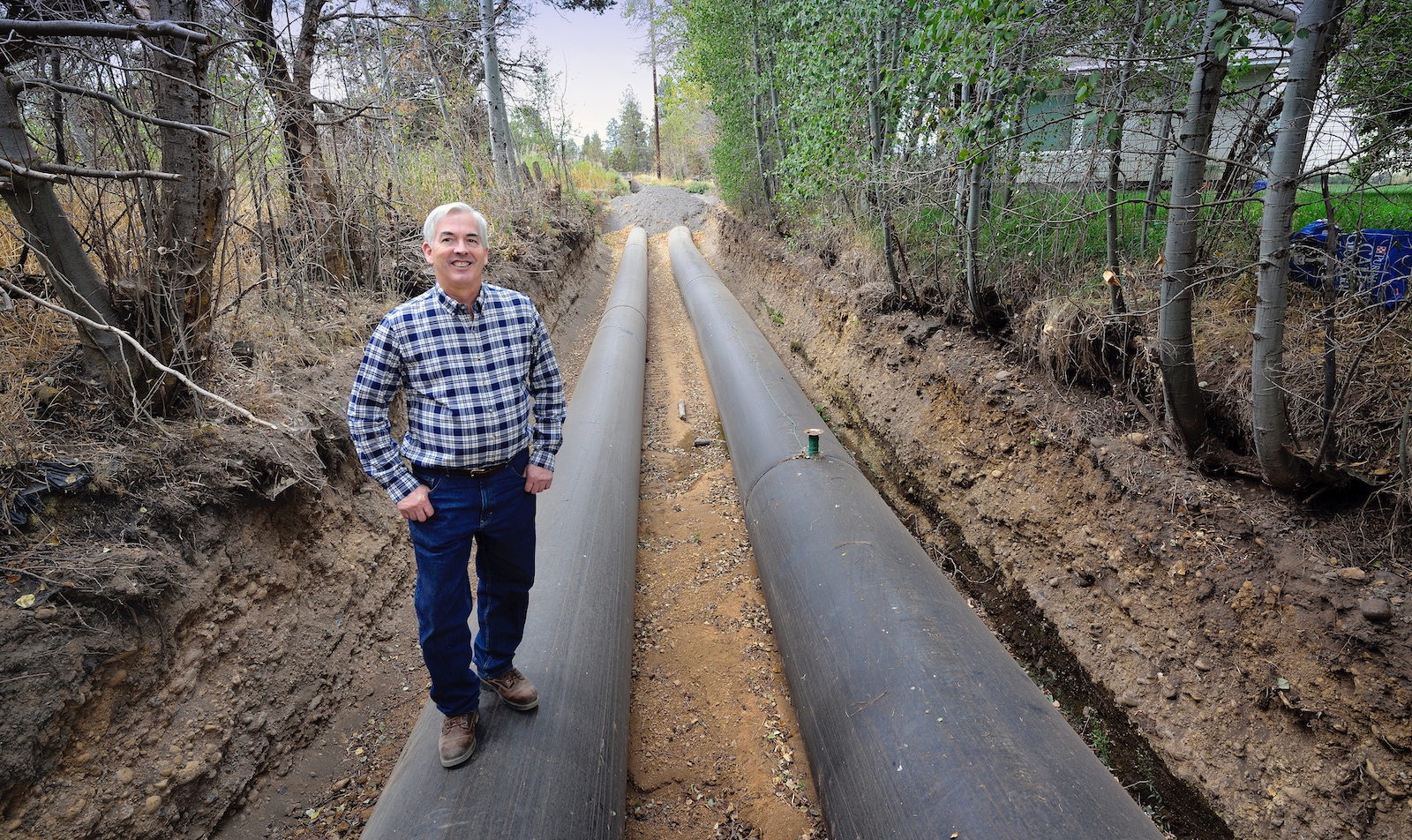Linda Poole
NCAT Regenerative Grazing Specialist
This from Emily Pontecorvo in Grist:
In Oregon, farmers are revamping century-old irrigation canals to stem water loss
Converting irrigation ditches into pipelines can save water — and create a new source of renewable energy.
In the desert of central Oregon, east of the Cascade mountains, farmers have been working the arid soil for more than a hundred years. They were lured to the area by turn-of-the-century infrastructure projects — a network of open-air canals carved into the landscape that would carry water from the Deschutes River to their fields for irrigation.
Read the story at:But as the Western megadrought sucks more and more water out of these channels, farmers and water managers across this part of Oregon are struggling. Though still effective at delivering water, these century-old systems are highly inefficient. Central Oregon’s soil is sandy and porous. For every gallon of water diverted, upwards of 50 percent can seep into the ground or else evaporate into a sky made increasingly thirsty by rising global temperatures.
“You more or less have to double the amount of water you take out of the river, because you lose half of it going down this ditch,” said Steve Johnson, manager of the Arnold Irrigation District, southeast of Bend, Oregon.
Now, central Oregon’s irrigation districts are racing to implement a relatively simple, but expensive solution to save water — one that also has the potential to create a new source of clean electricity. All they have to do is turn their ditches into pipes.

In Oregon, farmers are revamping century-old irrigation canals to stem water loss
Converting irrigation ditches into pipelines can save water — and create a new source of renewable energy.




